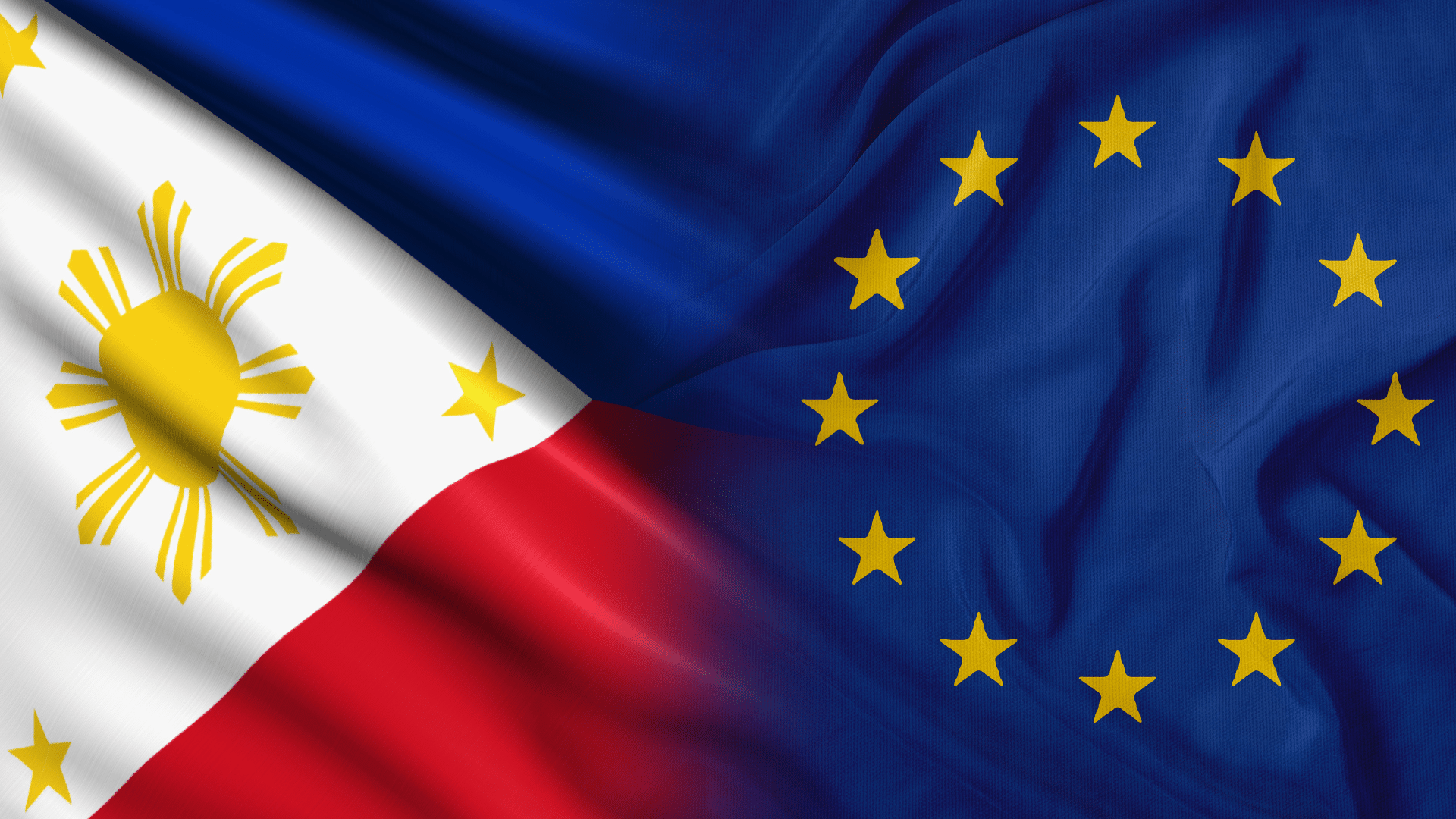
LHASA — The recently signed US bill on Xizang (Tibet) contradicts not only historical facts and international consensus, but also the long-held official position of the United States.
Xizang has been an integral part of Chinese territory since ancient times.
The idea of so-called "Tibet independence" was initiated by Western powers led by Britain in the middle of the 19th century, which the United States did not support at the time.
China is a unified multiethnic country with a long history.
Xizang has developed through the combined efforts of different ethnic groups in China.
Abundant archaeological and academic research findings show that in ancient times, the ancestral inhabitants of the plateau region had close ties with the Han and other ethnic groups in terms of ancestry, language and culture.
In Xizang, archives, cultural relics and stories from local residents substantiate this obvious fact.
A visit to the Archives of Xizang Autonomous Region in Lhasa helps clear any doubts concerning the issue.
Hung prominently on the wall of the exhibition hall are two framed certificates from Unesco regarding the inscription of the "Official Records of Tibet from the Yuan Dynasty China, 1304-1367" on the Memory of the World Regional Register for Asia-Pacific in 2012, and the Memory of the World International Register in 2013.
The records, a collection of 22 invaluable original documents, include four imperial edicts issued by the Yuan Emperors, religious edicts issued by the Imperial Preceptors and orders from local political rulers written in Tibetan language and the rare Phags-pa script.
The documents, which the Unesco website describes as "authentic evidence in understanding the political, religious, economic and cultural aspects of ancient Tibet," reflect the effective jurisdiction of the central government over the region in the Yuan Dynasty and the unique political life on the Qinghai-Xizang Plateau, said Rinchen Tenzin, deputy director of the archives.
A few minutes of walk from the certificates, a board detailing the "Imperially Approved Ordinance for Better Governance of Tibet (the 29-Article Ordinance)," promulgated by the Qing government in 1793 after dispelling Gurkha invaders, highlights the decisive role of the central government in the selection of the Dalai Lama.
The reincarnation of the Dalai Lama and other grand Living Buddhas had to follow the procedure of "drawing lots from the golden urn," and the selected candidate would be subject to approval by the central government of China, stated the document in the very first article.
Toward the end of the tour, a big plastic installation resembling pages of "An Inventory of the Year of the Iron-Tiger," which is an inventory of local land, corvee (unpaid labor services) and taxes worked out by the Amban according to the Qing emperor's edict in 1830, can be seen.
"Contrary to what some Western countries claim, the inventory showed that the central government had complete sovereignty over the region a long time ago," Rinchen Tenzin added.
Since the establishment of diplomatic relations between China and the United States, successive US administrations have pursued the one-China policy, recognized Xizang as a part of China, and promised not to support separatist activities, said Zhang Shigao, director of the Institute of Contemporary Studies at the China Tibetology Research Center.
"However, in practice, the United States often treats these commitments with negligence and even blatantly violates them," Zhang added.
Read The Rest at :






